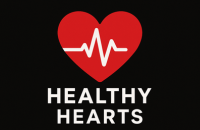GENERAL
Activities for Kids: Where Fun Meets Learning
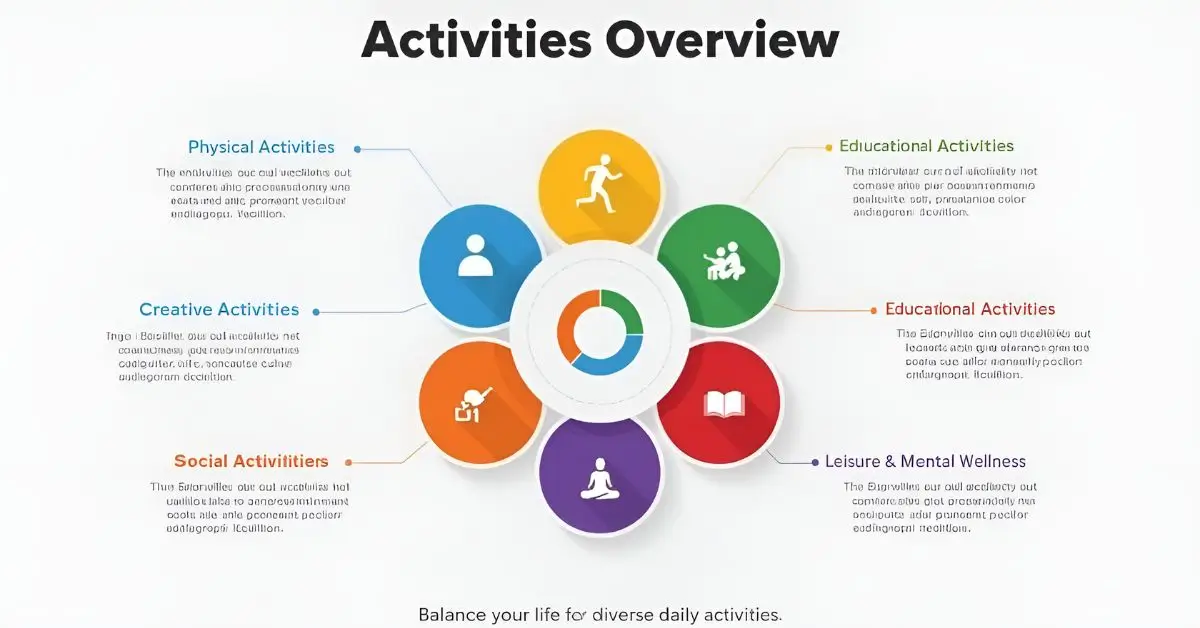
“Activities” are not just a way to keep kids busy—they are powerful tools to fuel creativity, develop skills, and bond with family. In today’s fast-paced, digital-driven world, meaningful time spent on productive, educational, and fun activities helps children grow into well-rounded individuals. Whether you’re a parent, teacher, or homeschooler, you know that the right activities can transform boredom into brilliance. This comprehensive guide dives deep into the most impactful, easy, and entertaining activities for kids of all ages.
From hands-on crafts and science experiments to interactive family games and self-led play ideas, you’ll discover expert-approved options that blend learning with joy. All suggestions are home-friendly, cost-effective, and designed to reduce screen time while enhancing skill development.
Why Kids Need the Right Activities
Children thrive in structured yet creative environments. Engaging in well-planned activities:
- Encourages cognitive development
- Enhances problem-solving skills
- Boosts emotional intelligence
- Strengthens family relationships
- Reduces dependency on screens
According to child psychologist Dr. Emily Holmes, “Children who engage in consistent educational play demonstrate higher levels of empathy, focus, and adaptability.”
Benefits of Educational and Creative Activities
- Enhances Learning Abilities: Hands-on learning accelerates retention and comprehension.
- Builds Social Skills: Group activities promote cooperation, communication, and empathy.
- Reduces Behavioral Issues: Structured activities reduce idle time and promote discipline.
- Supports Physical Development: Many activities involve movement that boosts motor skills.
- Sparks Creativity: Open-ended play fuels imagination and innovation.
Types of Activities for Kids at Home
Arts and Crafts for Creativity
Crafts ignite imagination and improve fine motor skills. Simple, budget-friendly ideas include:
- Finger painting: Let kids explore color mixing and patterns.
- Paper collages: Cut, paste, and assemble different textures and materials.
- DIY puppets: Use socks, paper bags, or felt to create characters.
Simple Science Experiments
Transform your kitchen into a mini lab:
- Baking soda and vinegar volcano
- Floating egg experiment
- Color-changing milk using dish soap and food coloring
These activities make STEM fun and relatable.
Cooking and Baking Fun
Cooking fosters responsibility and teamwork:
- Fruit salad or fruit skewers: Kids can safely chop and arrange fruits.
- Decorating cupcakes: Creative and rewarding.
- Homemade pizza: Let them choose toppings and learn measuring.
Independent Play Ideas
Help kids become self-sufficient:
- Puzzle challenges
- Building blocks or LEGO time
- Indoor scavenger hunts
Family Bonding Games
Interactive games bring everyone together:
- Musical chairs
- Board games like Uno or Scrabble Jr.
- Charades or Pictionary
How to Choose the Right Activities
Selecting the right activities depends on age, interest, and developmental goals. Here’s a general guideline:
| Age Group | Recommended Activities | Focused Skills |
| 2–4 yrs | Finger painting, stacking blocks | Motor skills, color ID |
| 5–7 yrs | Simple science, cooking, puzzles | Problem-solving, focus |
| 8–10 yrs | Crafts, reading games, scavenger hunt | Teamwork, creativity |
| 11–13 yrs | Coding basics, board games, journaling | Critical thinking, literacy |
Cost vs Value: Why DIY Activities Win
| Feature | DIY Activities | Store-Bought Kits |
| Cost | Low to Zero | Medium to High |
| Creativity Level | Very High | Moderate |
| Customization | Fully Customizable | Pre-designed |
| Skill Development | Broad Range | Focused |
| Reusability | Often Reusable | Limited |
DIY activities win in terms of flexibility and developmental value, and they’re usually more budget-friendly.
Expert-Recommended Daily Routine for Kids
Structure makes a difference. Pediatricians and educators suggest the following activity routine:
- Morning (9-11 AM): Educational activities like puzzles or reading
- Midday (11-1 PM): Physical activities or cooking
- Afternoon (2-4 PM): Art, science experiments
- Evening (5-6 PM): Family games or storytelling
Incorporating Learning Into Play
Blending education with fun leads to better outcomes:
- Use flashcards during hide-and-seek
- Practice math during baking (measuring ingredients)
- Use storytelling to teach values or history
Activities to Replace Screen Time
Instead of letting screens babysit, try these:
- Sensory bins with rice or beans
- Nature walks with item checklists
- Origami folding contests
Cultural and Language Enrichment Activities
Expose kids to new cultures and languages:
- Learn basic words in a new language through games
- Celebrate international festivals at home
- Cook foreign cuisines together
Emotional Well-being Through Play
According to the American Academy of Pediatrics, play is essential to emotional regulation. Activities that support mental wellness include:
- Journaling or drawing feelings
- Yoga for kids
- Listening to calming music while crafting
Seasonal Activities for Every Weather
Summer:
- Water balloon fights
- Sidewalk chalk art
- Lemonade stand
Winter:
- Indoor obstacle course
- Snowflake crafting
- Baking cookies
Rainy Days:
- Blanket forts
- Paper airplane contests
- Indoor bowling
Activities That Teach Life Skills
Turn chores into fun lessons:
- Laundry folding challenge
- Grocery sorting game
- Garden planting and watering schedules
Making Activities Inclusive for All Abilities
Inclusivity matters. Adapt activities for kids with special needs:
- Use large grip tools for fine motor limitations
- Break down steps for easier understanding
- Use visual aids and timers
Sustainable and Eco-Friendly Activities
Teach kids to care for the planet:
- DIY bird feeders with recycled materials
- Plant a garden
- Make paper from old newspaper
Conclusion
Engaging in meaningful, hands-on activities not only keeps children entertained but molds them into creative, confident and emotionally intelligent individuals. Activities offer an enriching alternative to digital distractions and support overall development. Whether it’s crafting, experimenting, playing games, or cooking together—every activity has the power to teach, connect, and inspire.
Make activities a daily part of your routine, and you’ll not only create lasting memories but also cultivate a love for learning that stays for life.
FAQs
What are some easy indoor activities for kids?
Coloring, building with blocks, and indoor scavenger hunts are great easy indoor activities.
How can I make learning fun through activities?
Incorporate math and reading into games, storytelling, and cooking tasks to make learning enjoyable.
What are good low-cost activities?
DIY crafts, paper folding, gardening, and homemade games like charades or musical chairs are effective and inexpensive.
Are these activities suitable for children with special needs?
Yes, most activities can be adapted for different ability levels by modifying tools, instructions, and pacing.
How can I reduce screen time with engaging activities?
Offer exciting alternatives like crafts, nature walks, cooking, or science experiments that draw kids away from screens.
Can these activities be used in schools and daycares?
Absolutely. These versatile activities fit well into educational settings and enhance learning through play.
GENERAL
What Are Guinness Calories? Simple Nutrition Facts 2025
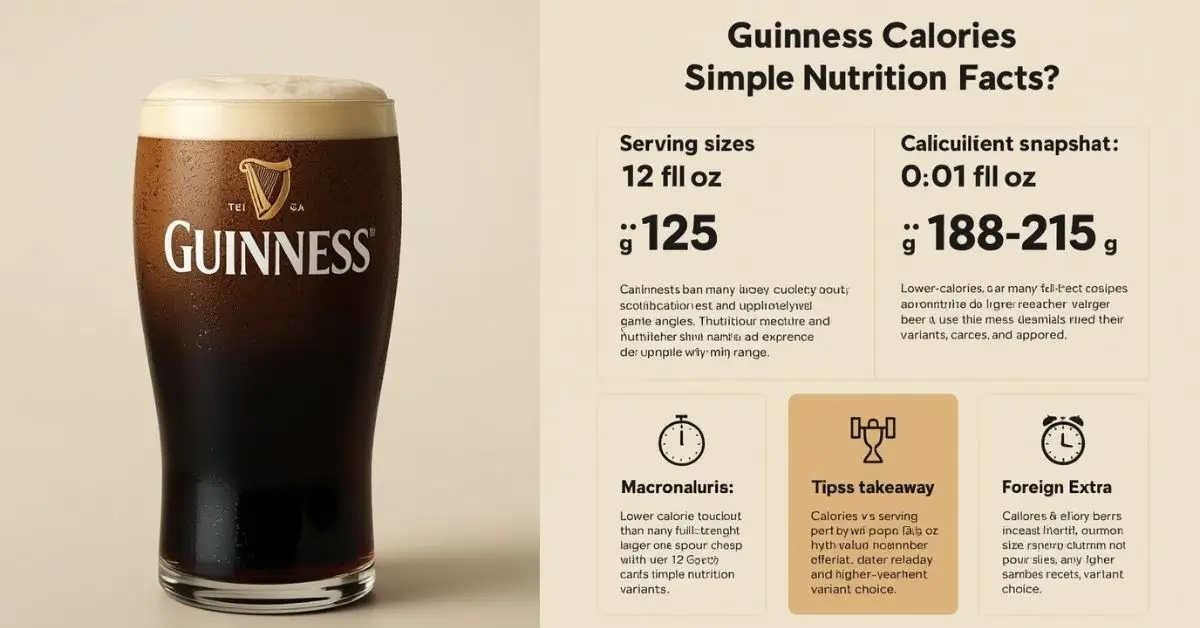
Ever wonder if your beloved pint is sneaking in more calories than you’d like? You’ve been there. I’ll help you understand [guinness calories] the smart way—no fluff, just real-world facts and easy clarity.
Quick Answer
A pint (16 oz) of Guinness Draught has about 210 calories (about 35 kcal per 100 ml). Calories come mainly from alcohol and carbs. Simple, direct, no guesswork.
What’s in a 12-oz Guinness Draught?
This tells you exactly what’s in a standard serving.
You’ll learn the facts fast:
- 12 oz (~355 ml) of Guinness Draught has 125 calories (Alcohol 11.2 g, carbs 10 g).
- That’s ~35 kcal per 100 ml for Guinness Draught or Extra Stout. A full pint rounds to ~210 calories total.
Key Intake: A full pint = ~210 kcal; most calories come from alcohol.
How Do Variants Stack Up?
See how different types compare no guessing here.
| Variant | Calories (per 12 oz) | Key Notes |
| Draught | ~125 kcal | Standard, smooth |
| Foreign Extra Stout | ~194 kcal | Rich, roasty |
| Baltimore Blonde Lager | ~167 kcal | Hoppy, lighter |
| Guinness Smooth (per 100 ml) | ~57 kcal (~217 kcal pint) |
Key Intake: Higher ABV = more calories. Pick the one that fits your macro budget.
Why Calories Vary Breakdown by Source

Learn where the calories come from, not just numbers.
- Alcohol has 7 kcal per gram; in Draught, ~62% of calories are from alcohol.
- Carbs add the rest—around 10 g in a 12-oz Draught (~40 kcal).
Key Intake: Calories split roughly 60% alcohol, 40% carbs.
Non-Alcoholic and Low-Cal Alternatives
Find choices when you want flavor without the calorie hit.
- Guinness 0: only 17 kcal per 100 ml (≈ 68 kcal per pint).
- Good picks if you’re tracking macros or avoiding alcohol.
Key Intake: Guinness 0 is a clever low-calorie swap for your pint fix.
What This Means for Dieters & Health-Mindful Drinkers
A quick guide to fit Guinness into your nutrition plan.
- A pint ~ 210 kcal is moderate—less than many craft ales (160–180 kcal).
- If counting macros, know: alcohol is the main calorie source.
Key Intake: It’s not “diet-friendly” but moderate and trackable.
Final Takeaway
This isn’t sugar-coated. If you’re watching your calories, understanding “guinness calories” means choosing wisely, knowing exactly what’s in your pint, and fitting it into your wellness plan like a smart decision, not a hidden cost.
FAQ’s
How many calories are in a pint of Guinness?
~210 kcal per pint, based on ~35 kcal per 100 ml.
What’s the calorie content of a 12-oz Guinness Draught vs Extra Stout?
Draught ~125 kcal; Extra Stout ~180–194 kcal.
Are there lower-calorie alternatives to Guinness stout?
Yes—Guinness 0 has only ~17 kcal per 100 ml (≈ 68 kcal per pint).
Guinness calories vs Bud Light: which is lower?
Guinness Draught (~125 kcal) is similar or slightly higher than Bud Light (~110 kcal).
How many calories per gram of alcohol are in Guinness?
Alcohol contributes 7 kcal per gram; ~60% of calories in Draught come from alcohol.
Calories in Guinness Draught nutritional facts explained?
~125 kcal from alcohol (78 kcal) + carbs (~40 kcal), plus ~1 g protein.
Is Guinness high in calories for a diet plan?
It’s moderate; track it, and it can fit in but be mindful of alcohol calories.
Expert Citations
- Healthline: Detailed breakdown of calories from alcohol vs carbs in Guinness Draught.
- Guinness.com: Official calorie counts across variants (Draught, Extra Stout, 0.0, etc.).
- Guinness product pages: Precise nutrition data for each variant – Draught, Foreign Extra Stout, Blonde, Smooth, etc.
GENERAL
Why the Rory Masters Collapse Still Matters Today (2025)

Golf can be cruel. One minute you’re leading the Masters, the next you’re fighting to hold it together. Rory Masters collapse moments have given fans drama, heartbreak, and unforgettable TV.
We’ve all seen it happen, the missed shots, the tense body language, the scoreboard slipping away. But why does it happen to a player as good as Rory McIlroy? Let’s break it down.
Quick Answer
The Rory Masters collapse refers to multiple high-profile moments at Augusta where Rory McIlroy lost his lead, most famously in 2011 when he shot 80 in the final round, and again in 2025 with late-round bogeys. Causes include mental pressure, course difficulty, and external distractions like slow play. Yet, Rory has also turned these failures into motivation, ultimately winning the Masters in 2025 to complete his career Grand Slam.
Rory McIlroy: Masters Career Profile
| Category | Details |
| Name | Rory McIlroy |
| Date of Birth | May 4, 1989 (age 36) (ESPN.com) |
| Hometown | Holywood, Northern Ireland (ESPN.com) |
| Turned Pro | 2007 (ESPN.com) |
| Masters Titles | 2025 (First win; career Grand Slam completed) (Reuters, The Washington Post) |
| Notable Collapses at Masters | 2011 final-round meltdown (80, from 4-shot lead) (Wikipedia) |
| Masters Attempts Before Win | 17 attempts at Augusta by 2025 (The Sun) |
| Other Major Wins | U.S. Open 2011, PGA Championship 2012 & 2014, Open Championship 2014 (Data Golf, Wikipedia, Reuters) |
| Total Career Wins (2025) | 44 total: 29 PGA Tour, 18 European Tour, others (Talksport) |
| Career Grand Slam | Achieved with 2025 Masters win; one of six to do so (Reuters, Talksport) |
| Signature Moment | Emotional collapse to celebrating Green Jacket after playoff win vs. Justin Rose (The Washington Post) |
| Key Strengths | Multiple Majors, career Grand Slam, long-time world No.1 (European Tour, Reuters) |
| Resilience & Legacy | Climbed back from 2011 collapse to claim Masters, completing a decade-long quest (The Scottish Sun, Reuters) |
2011 The Collapse That Started It All
The first big Rory Masters collapse came in 2011.
- Rory led by four shots after three rounds.
- On Sunday, Augusta’s pressure took over.
- He shot an 80 and finished tied for 15th.
2025 A New Collapse, Same Augusta Pressure
Fast forward to 2025. Rory was 4-under through 14 holes in Round 1.
- Then came bogeys on 15 and 16.
- A double bogey on 17 sealed the damage.
Paul McGinley, former Ryder Cup captain, called it a slow play distraction McIlroy couldn’t shake. This wasn’t the first time Rory felt Augusta’s mental toll.
Why Collapses Happen at Augusta
Definition:
Mental collapse in golf Majors is when focus, rhythm, and execution fall apart under tournament stress.
Augusta National tests more than swing mechanics. It pushes the mind to breaking point.
Key factors:
- Course design: punishes tiny errors.
- Crowd energy: amplifies every mistake.
- Mental game: pressure spikes near the finish.
Rory’s Redemption 2025 Masters Win
Here’s the twist: despite the early stumble, Rory fought back. By Sunday evening, he wore the green jacket.
- He became only the 6th golfer to complete the career Grand Slam delay McIlroy had chased for over a decade.
- His win proved collapse doesn’t have to define you.
What Fans and Players Can Learn
- Stay present: Focus on one shot at a time.
- Adapt fast: Don’t let a bad hole become a bad round.
- Pressure prep: Simulate high-stakes moments in practice.
Real-world note:
I’ve seen players choke in local tournaments because they never practiced the mental side. Rory’s story shows why it matters.
FAQs
Why is Rory McIlroy’s Masters collapse famous?
It’s remembered for how quickly a winning position turned into a blowout, especially in 2011 when he led by four shots.
How many times has Rory collapsed at the Masters?
At least twice in high-profile ways — 2011’s final-round meltdown and the 2025 early-round stumble.
What caused Rory’s 2025 collapse?
Analysts point to mental pressure and slow play distractions from his group.
Has Rory ever recovered from a Masters collapse?
Yes. He won the Masters in 2025, securing his career Grand Slam.
Expert Citations
- Paul McGinley — TalkSport: “Slow play affected Rory’s rhythm.”
- Golf.com — “Analyst says slow play led to Rory’s Masters collapse.”
- Wall Street Journal — “McIlroy completes career Grand Slam with 2025 Masters win.”
GENERAL
What to Know About Johnny Depp Island in the Bahamas
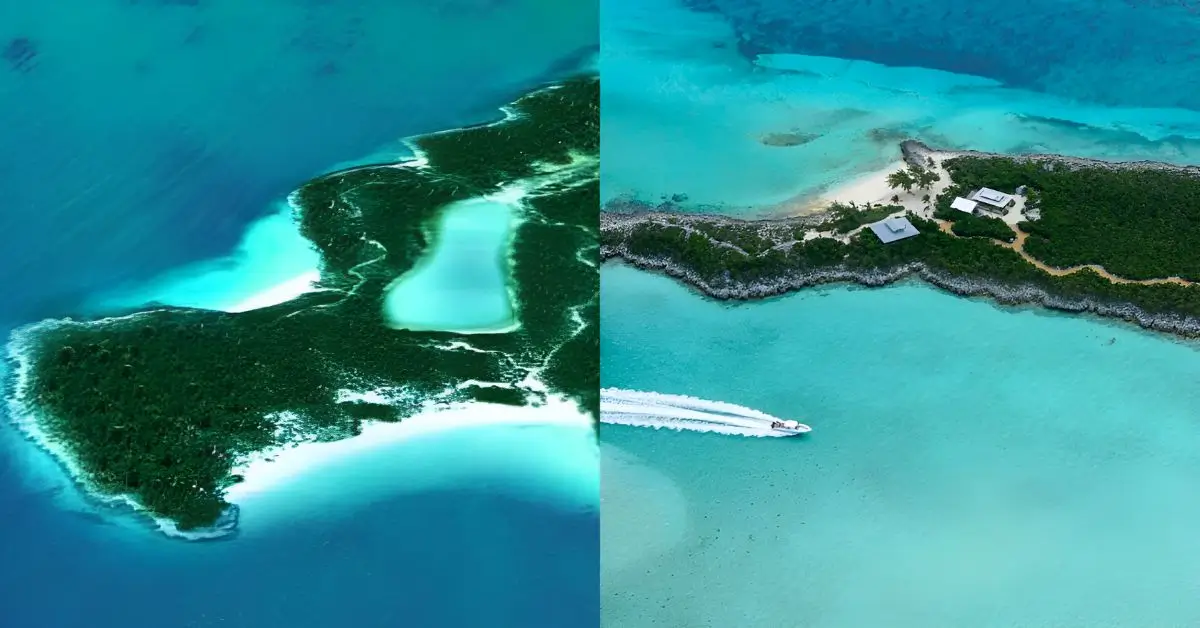
You’re curious, and honestly—so am I. What’s it like to own a slice of Caribbean magic, hidden away from prying eyes? Especially when that slice belongs to a Hollywood legend. Let’s cut through the noise and get real.
Quick Answer
Johnny Depp’s Island is called Little Hall’s Pond Cay. He bought it in 2004 for about $3.6 million. It spans roughly 45 acres and is 60 miles southeast of Nassau in the Bahamas. He still owns it as of mid-2025.
Where is Johnny Depp’s Island located?
Here’s what you’ll learn: Its geography, how big it is, and where it sits in paradise.
- Located in the Exuma Islands, Bahamas, about 60 miles southeast of Nassau (Tuko.co.ke – Kenya News, Market Realist, News).
- Covers roughly 45 acres (18 hectares), a sizable tropical property with six beaches (Tuko.co.ke – Kenya News, Newszetu).
It’s a mid-size tropical hideaway, a boat-ride from Nassau. Pure, quiet, untouched.
What’s the story behind its name and purchase?
Here’s what you’ll learn: Why Johnny Depp bought it, what he named parts of it, and how he transformed it.
- Johnny Depp Island was discovered while filming Pirates of the Caribbean. He bought it in 2004 for about $3.6 million (Vanity Fair, News, Homes & Gardens).
- The six beaches are named after his loved ones and mentors—Gonzo (Hunter S. Thompson), Lily Rose, Jack, Brando (Marlon Brando), and Paradis (Vanessa Paradis) (Vanity Fair, Market Realist, People.com).
- He built a ranch-style main house with 360° views, solar-powered guest structures, a bamboo yurt, and a beach house—low-key luxury meets eco-sensitivity (DDW, Tinseltown Tales, DMARGE, CEO Today).
What makes it a sanctuary—and does Depp still own it?
Here’s what you’ll learn: Why it’s meaningful to Johnny Depp and if he still owns it.
- Depp calls Johnny Depp Island “pure and beautiful” and says you can feel your “pulse drop” there—instant freedom (Vanity Fair, Newszetu, Tinseltown Tales).
- As of mid-2025, he still owns it despite rumors of a sale to J.K. Rowling (CEO Today).
Celebrity & luxury context
Here’s what you’ll learn: How it fits with celeb real-estate and pop culture.
- Johnny Depp Island sits among other Bahamas celebrity islands, near properties owned by Eddie Murphy and David Copperfield (Tuko.co.ke – Kenya News).
- The island has hosted Depp’s wedding to Amber Heard in 2015 and served as a detox retreat during difficult times (Glamour, DMARGE, Market Realist).
Takeaway
From celebrity news readers to luxury travellers to real-estate enthusiasts, Little Hall’s Pond Cay—better known as Johnny Depp Island—is a rare, personal hideout that blends Depp’s eclectic style with genuine peace. Based on real-world reports and Depp’s own words, this island is more than property—it’s sanctuary.
FAQ’s
Where is Johnny Depp’s island located?
A private island called Little Hall’s Pond Cay, in the Exuma chain, 60 miles southeast of Nassau, Bahamas.
What is the name of Johnny Depp’s private island?
It’s called Little Hall’s Pond Cay.
How much did Johnny Depp’s island cost?
He bought it for around $3.6 million in 2004.
Can you visit Johnny Depp’s island in the Bahamas?
No—access is strictly by invitation only.
What’s the history of Johnny Depp’s Little Hall’s Pond Cay?
He discovered it during Pirates of the Caribbean filming, bought it, built eco-homes, and still owns it as of 2025.
What are some luxury aspects similar to this island?
Think celebrity-owned private islands—secluded, bespoke retreats designed for quiet, high-end living.
Expert Sources
- Vanity Fair – Their coverage on Johnny Depp Island includes direct quotes and historical context from the actor himself. (vanityfair.com)
- People Magazine – Their article on Johnny Depp Island offers fact-checked property details and insider background. (people.com)
- Homes & Gardens – A respected home and lifestyle publication that provides credible real-estate insights, including luxury property features and valuations for celebrity-owned estates. (homesandgardens.com)
-
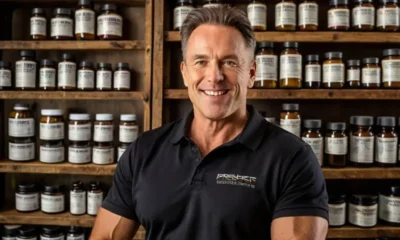
 GENERAL5 months ago
GENERAL5 months agoGary Brecka Supplements: Unlocking Peak Human Performance
-

 GENERAL5 months ago
GENERAL5 months agoActivia Yogurt Nutrition Facts You Shouldn’t Ignore
-

 HEART TIPS5 months ago
HEART TIPS5 months agoCommon Heart Home Health: Trusted Cardiac Care at Home
-
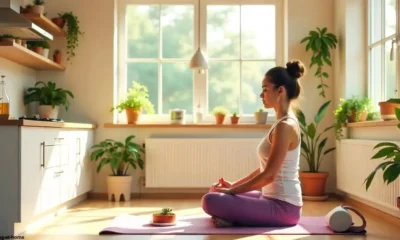
 GENERAL5 months ago
GENERAL5 months agoHealthy Living at Home for a Better You
-
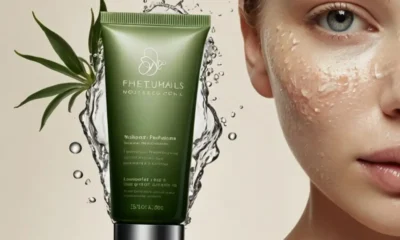
 GENERAL5 months ago
GENERAL5 months agoWaterless Skincare: The Future of Potent, Eco-Friendly Beauty
-
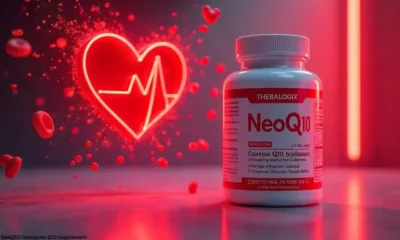
 HEART TIPS5 months ago
HEART TIPS5 months agoTheralogix NeoQ10 Coenzyme Q10 Supplement – Heart Health
-

 HEART TIPS5 months ago
HEART TIPS5 months agoHeart Home Health Care: A Lifeline of Medical Excellence
-

 HEALTHY DIET5 months ago
HEALTHY DIET5 months agoArbonne 30 Days to Healthy Living
